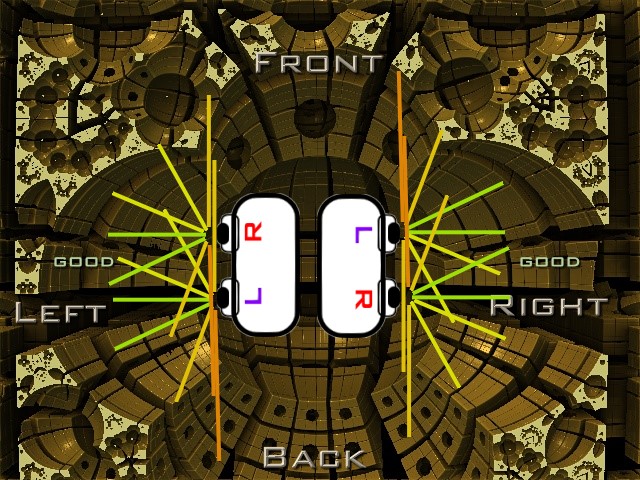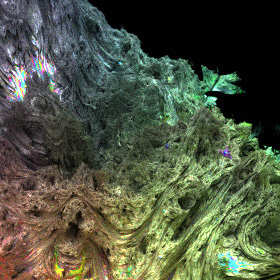

- #Mandelbulb 3d renders lighter than viewer software#
- #Mandelbulb 3d renders lighter than viewer code#
#Mandelbulb 3d renders lighter than viewer code#
Yesterday I’ve been playing around with optimizing the code a little bit (less memory usage, already twice as fast as it was, but still slow). This journal is really not so much a tutorial as it is a workflow discussion on final composing and lighting of a Mandelbulb 3D. hidden storage accent table diy DIY Pete. So I made some more improvements and managed to render a nice wallpaper for myself: My first mandelbulb! The perspective is still flat and it misses detail, we’ve also rendered through the camera/near field. Next step was to render something other than spheres and cubes, and get the camera position under control, that breakthrough came monday evening: It's been almost two years since we last wrote about the potential for a real 3D equivalent to the famous 2D Mandelbrot set.We're talking about a fractal which produces exquisite detail on all axes and zoom levels one that doesn't simply produce the 'extruded' look of the various height-mapped images, or the 'whipped cream' swirls of the Quaternion approach.

Its much easier and faster to make minor retouching edits after the render, than it is to change a property and re-render the whole scene. I find these plumbing pictures endlessly fascinating as they always follow some simple rule about, for example, six connections to a blunt tne and a riveted lip to the nect pipe and then the reverse of that sequence and so on.

#Mandelbulb 3d renders lighter than viewer software#
On sunday I had the first things ready, lighting (Blinn-Phong), soft shadows, but still I had no perspective build on (all rays travelled in the same direction) and I had no way to change the view point/camera position: Expert tip Retouch renders Just because the primary portion of the project is done as a 3D render, dont forget you are using the most powerful image-retouching software around. What got me interested in mandelbub 3D was an image something like this. It was a very steep learning curve for a programmer with limited math knowledge, but I’m pretty pleased with the first results! My first 3d engine (tm) You start with some pixel but now you compute the 3D ray from your eyes to that pixel and pick some starting point close to you (like a near clipping plane). He also kind of challenged me to do the same… So I picked up the challenge and set to work on my own 3D (CPU only) ray marching fractal engine (in Java). In 3D case most of the computations are the same, just a lot more of them. Last friday a friend of mine was talking about ray marching, the Mandelbulb and programming his own 3D fractal engine.


 0 kommentar(er)
0 kommentar(er)
